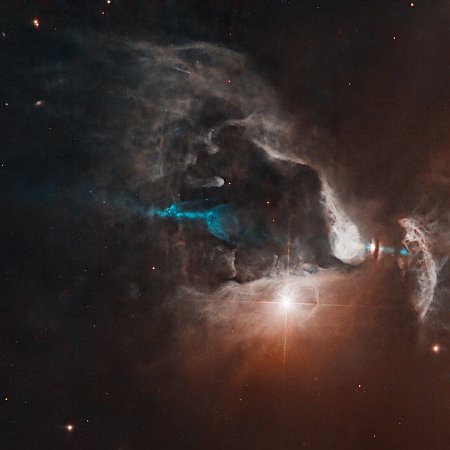Part 1: The expected upcoming election chaos caused by the left’s hatred of any opposition

The kerfuffle this week at MSNBC because NBC had hired former Republican National Committee (RNC) chairwoman Ronna McDaniel is important not because of what eventually happened (MSNBC quickly announced McDaniel was banned though she would still appear on NBC), but by what it reveals of the left’s political class.
Democrat politicians everywhere, both pretending to be journalists at MSNBC as well as within the leaders of the Democratic Party, complained that it was unacceptable to hire a former Republican Party leader, simply because she had dared express opinions and conclusions they disagreed with.
“The free and independent press is fundamental to our democracy and has and continues to face unprecedented attacks by Donald Trump and his lackeys – including Ronna McDaniel – to chip away at its credibility and allow space for MAGA lies and deceit,” Democratic National Committee Chairman Jaime Harrison fumed in a statement. “There should be no debate about the truth in our political discourse. Ronna McDaniel is a proven liar, and has no place in an honest and objective conversation about the future of this country.”
Gee, I don’t remember anyone complaining when NBC hired Chuck Todd, who hosted fund-raising events for Hillary Clinton and whose wife is a major leftist strategist who did campaign work for Bernie Sanders. Nor did anyone complain when ABC hired George Stephanopoulos, a longtime Democratic Party campaign worker who was a major player in Bill Clinton’s campaign. Nor did any of these so-called journalists complain about these hires:
» Read more









